What is a whole house retrofit?
Enhance your home and save on your energy bills with our full house retrofit guide. Create a warm, insulated environment and prevent heat loss.
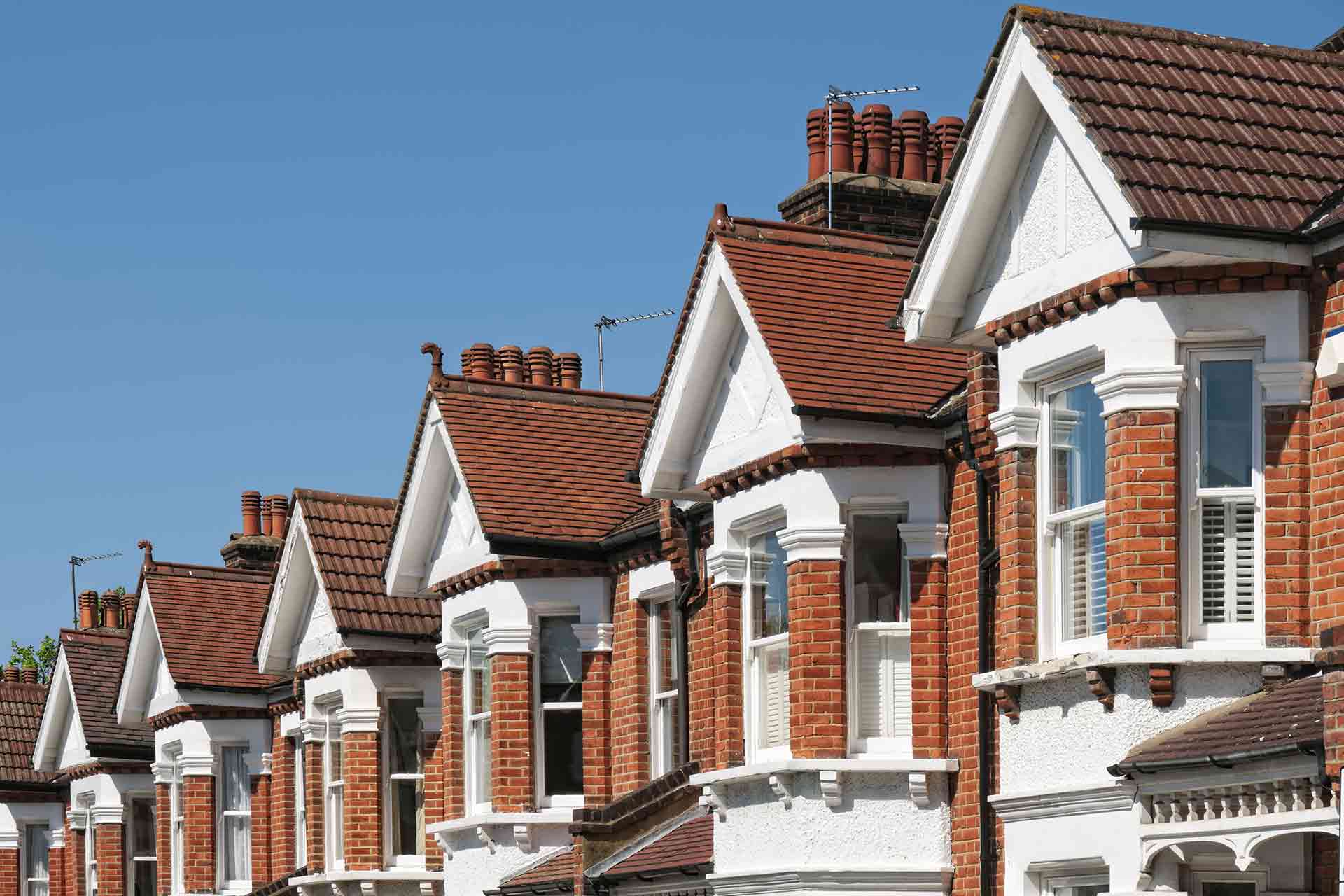
Unfortunately, many homes throughout the UK were built before energy efficiency was even considered. This means that your home is harder and more expensive to heat, with energy leaking through cracks, holes and leaky roofs. Retrofitting is the perfect solution to these issues.
Nowadays homes are designed with energy efficiency in mind due to recent regulations. However, this wasn’t always the case. It’s now considered that around 24 million homes in the UK need retrofitting (according to Trustmark).
So, unless your home was built recently in the last 10 years or so, it’s likely that it isn’t energy efficient, causing energy to leak into the atmosphere rather than stay in your house. Imagine this happening on a larger scale across the UK, it’s a huge amount of energy being wasted.
This is where retrofitting comes into play.
Not sure what retrofitting is?
That’s ok, keep reading for the answer and get tips on how to make your home more energy-efficient and sustainable.
It’s well worth learning about as over time these energy efficiency tips will save you money and help to save our planet.
What is retrofitting?
Generally speaking, retrofitting is the collective term for any addition made to your home that wasn’t previously part of the property at the time it was built.
When we talk about retrofitting a house, it’s often referring to improvements that are needed in order to improve the energy efficiency of the property.
The retrofit covers several key areas of your home; the walls, roof, floors, windows and doors. It also focuses on ventilation and heating efficiency.
With the government taking action on climate change, Whole House Retrofitting is set to become more popular in the coming months. There are millions of homes in the UK that need retrofitting, and in doing so, it will have a huge impact on our planet. New technology and material developments mean low carbon and low-energy solutions are widely available to homeowners and tradespeople.
Under the Climate Change Act 2008, the United Kingdom is committed “to reducing greenhouse gas emissions by at least 80 per cent by 2050, when compared to 1990 levels. This target was set to ensure the UK played its role to limiting global temperature rise to 2˚C.”
The guide to retrofitting – make your home sustainable
There are many different ways energy can escape your home, so undertaking a full house retrofit can be a lengthy process. Thankfully, once this has been done, your home will be much easier and more affordable to heat.
If you want to know how retrofitting can make your UK home energy efficient and sustainable, follow the below suggestions:
- Check your home’s structure is in good condition with no holes or cracks
- Replace your appliances with energy-efficient options
- Check your home is damp proof
- Switch to an energy-efficient boiler
- Install solar panels
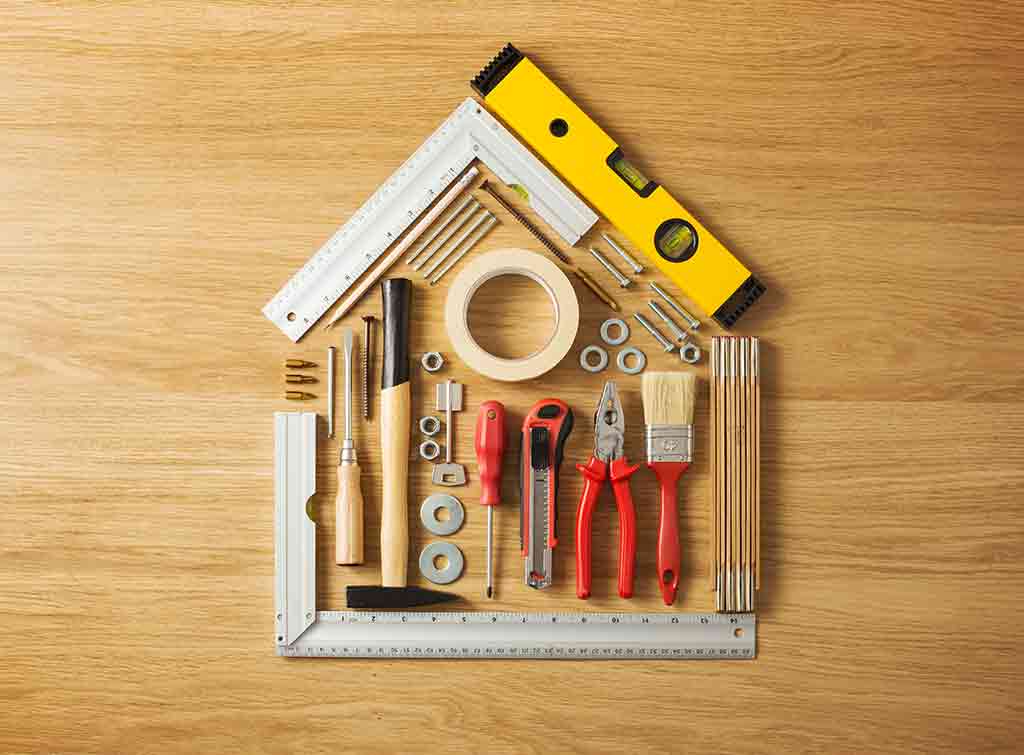 What are the most common renovations for retrofitting your home?
What are the most common renovations for retrofitting your home?
As we mentioned above, there are many ways to improve energy efficiency in your home. This can be through upgrading different parts of your home or replacing them entirely. The most common renovations for retrofitting your home include:
- Upgrading your loft insulation
- Installing double or triple glazed windows
- Adding extra insulation to your walls
- Checking your flooring and ensure your home’s damp proof membrane is intact
- Upgrading your doors
What’s the typical process of a home retrofit?
The retrofit begins by looking at several key areas of your home; the walls, roof, floors, windows and doors. Then it moves onto other areas of your home, including ventilation and heating efficiency.
Why is it so important to retrofit your home?
It is very common for homes in the UK to have poor energy efficiency. Frustratingly, this means up to 25% of the carbon emissions in the country come from our homes. There are future plans to eliminate this type of carbon emissions, meaning many people will need to look into retrofitting their homes.
This is why retrofitting is so important in protecting our planet. Energy-efficient UK homes are by far the easiest to heat in the colder months, reducing energy bills and keeping occupants cosy. In fact, having an energy-efficient UK home can also improve physical and mental health, another great reason to retrofit your property.
What’s more, a full house retrofit means not only will your home be in great condition, but you won’t need to worry about pesky damp and mould. This helps to prevent breathing problems thanks to the improved quality of air inside your home.
Professional home retrofitting
Choosing to invest in retrofitting your home is a responsible and wise decision that comes with a range of advantages. From health to energy savings, this is a decision you won’t forget.
Once your mind has been made up, it’s time to call in an expert in retrofitting. They can advise you on the best ways to improve your home while sticking to your budget.
Thankfully, we’re here to save you the time of searching for a suitable professional to take on your job. Just enter your postcode in our free search feature for a range of local experts that your neighbours recommend.
You may wish to explore the option of working with a retrofitting assessor and coordinator. Many tradespeople like builders will also be able to advise and support you to improve your home’s energy efficiency.
What’s the price to retrofit a house?
Some of the average costs you can expect to pay to retrofit your house:
- Cavity wall insulation – £5 – £6 per m2
- Internal wall insulation – £55 – £140 per m2
- External wall insulation – £55 – £180 per m2
- Loft insulation – £10 – £40 per m2
- Floor insulation – £95 per m2
- Glazing – £110 per m2
- Boiler replacement – £1,600 – £5,500
- Draught-proofing – £85 – £275
*Cost assumptions from Department for Business, Energy & Industrial Strategy – “What does it cost to retrofit homes”
Find out more about retrofitting house costs in our cost guide.
Which tradespeople should you use for the job?
When it comes to retrofitting your home, you may need multiple tradespeople to cover all angles. From window replacements to insulation installation.
The best tradesperson to start your journey with is a builder or surveyor. They can advise you on the best way to proceed with your full house retrofit.
To find a reliable builder in your local area, simply search your postcode below and see which builders your neighbours recommend!
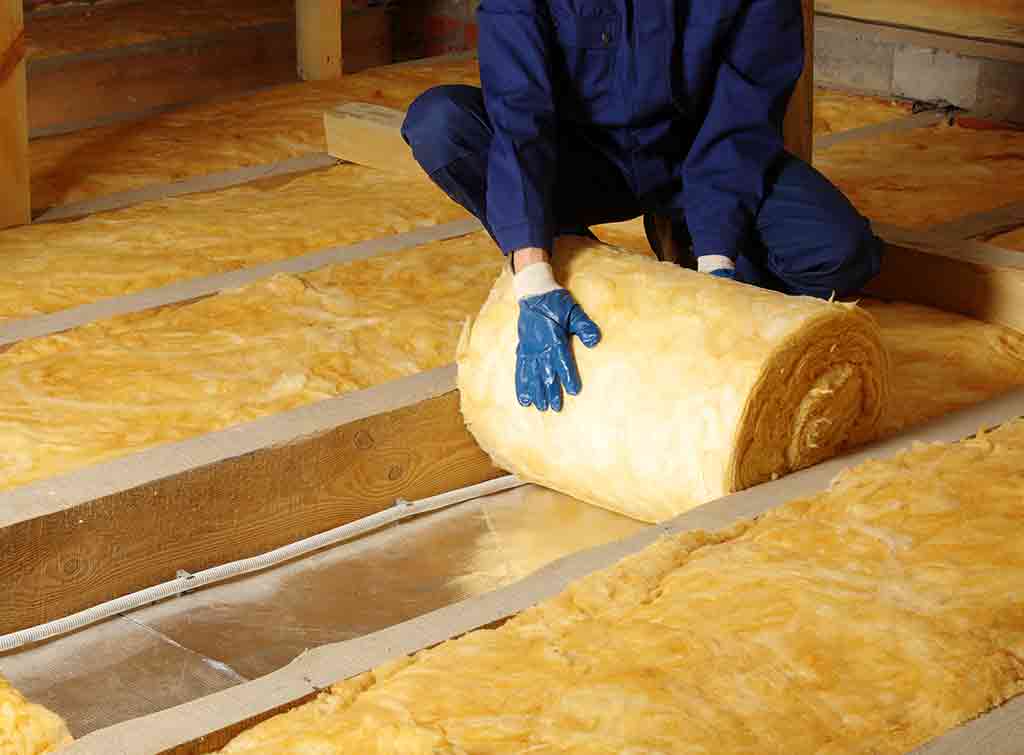
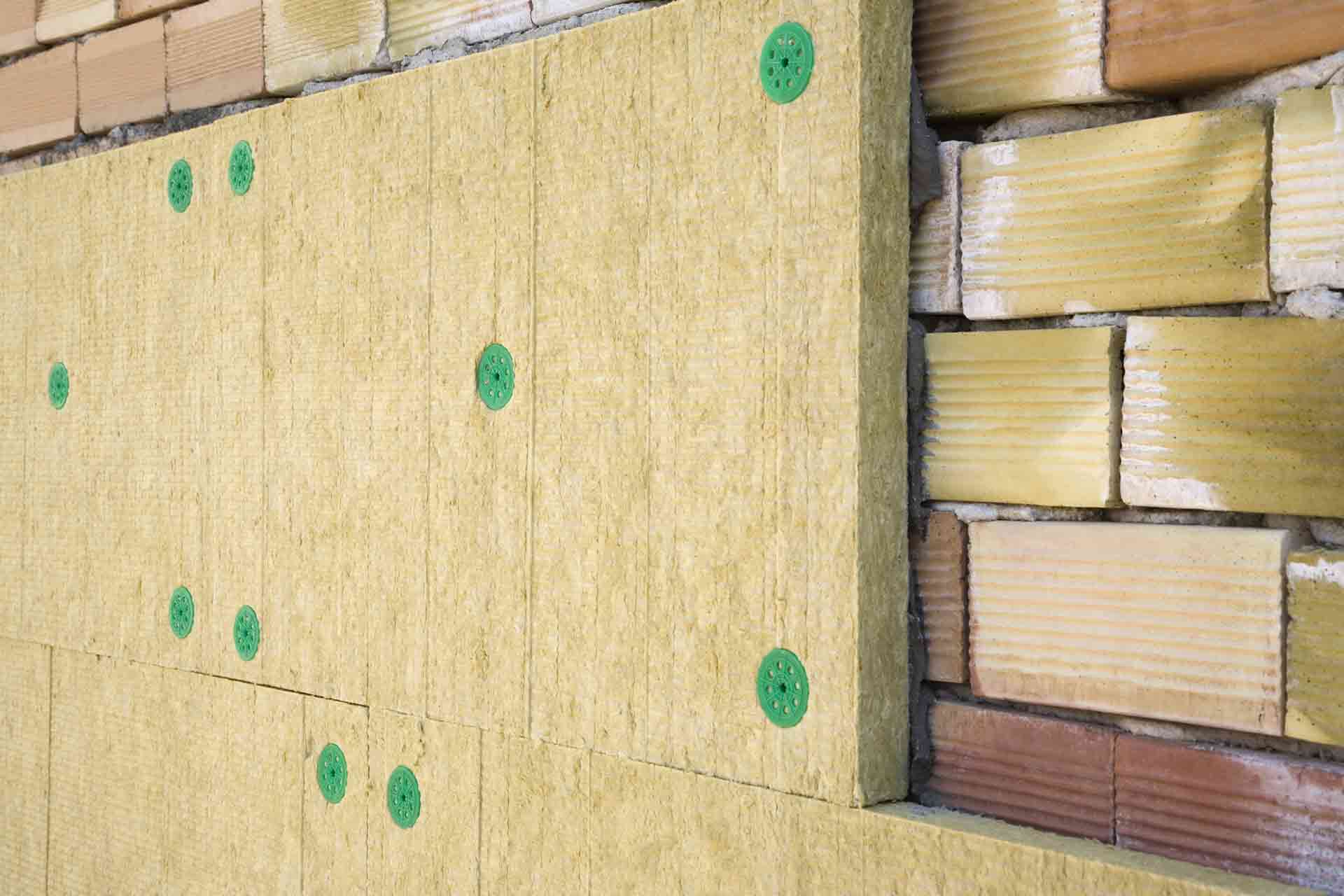
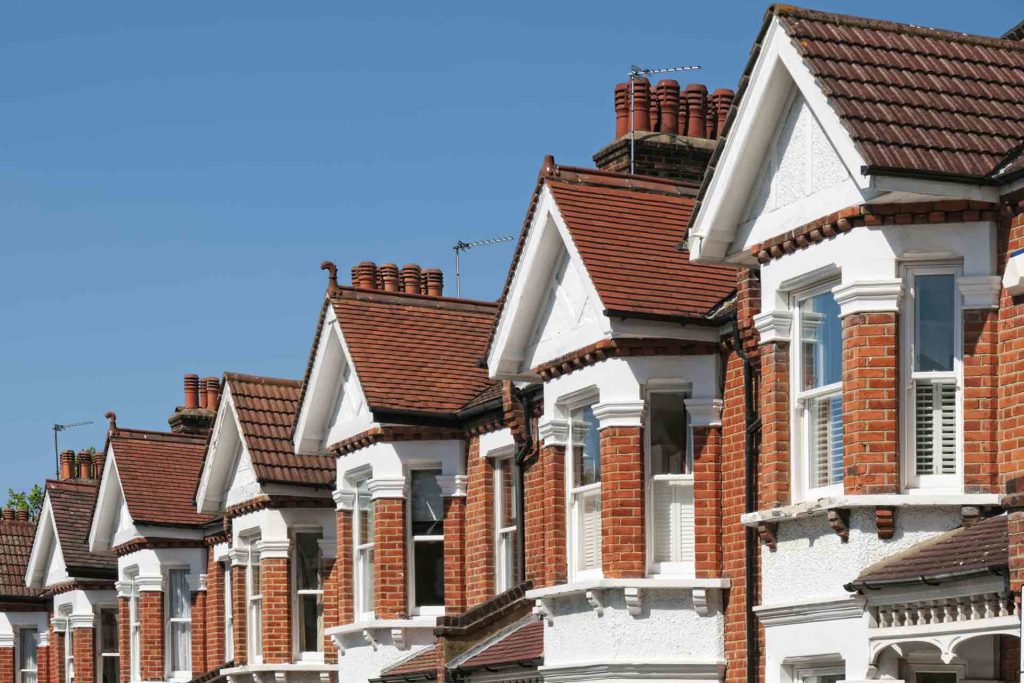
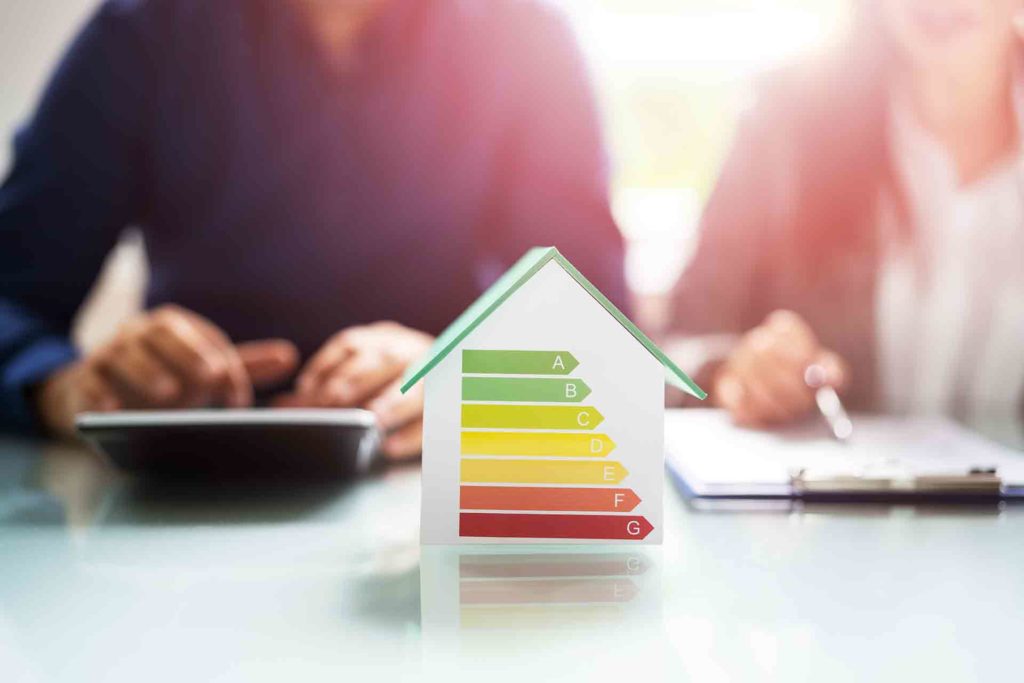
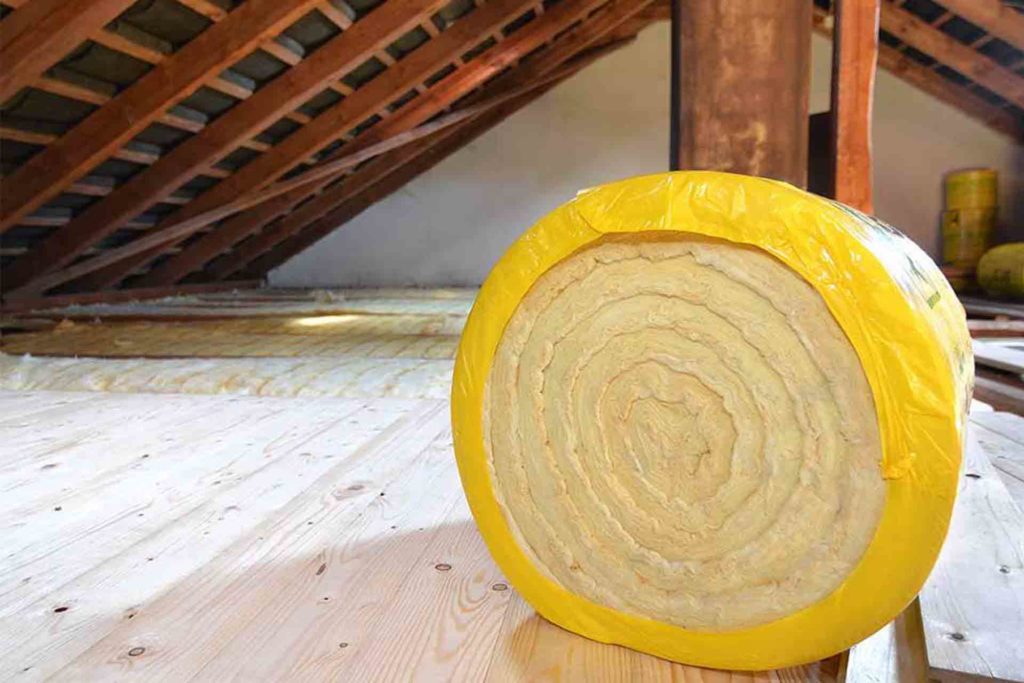
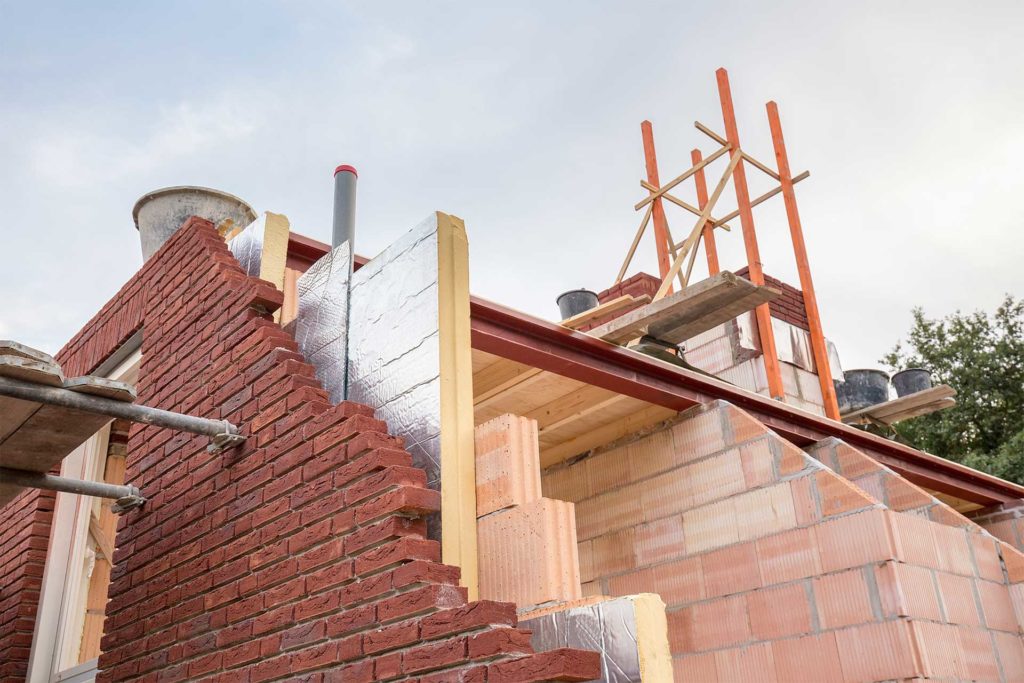
No comments yet!